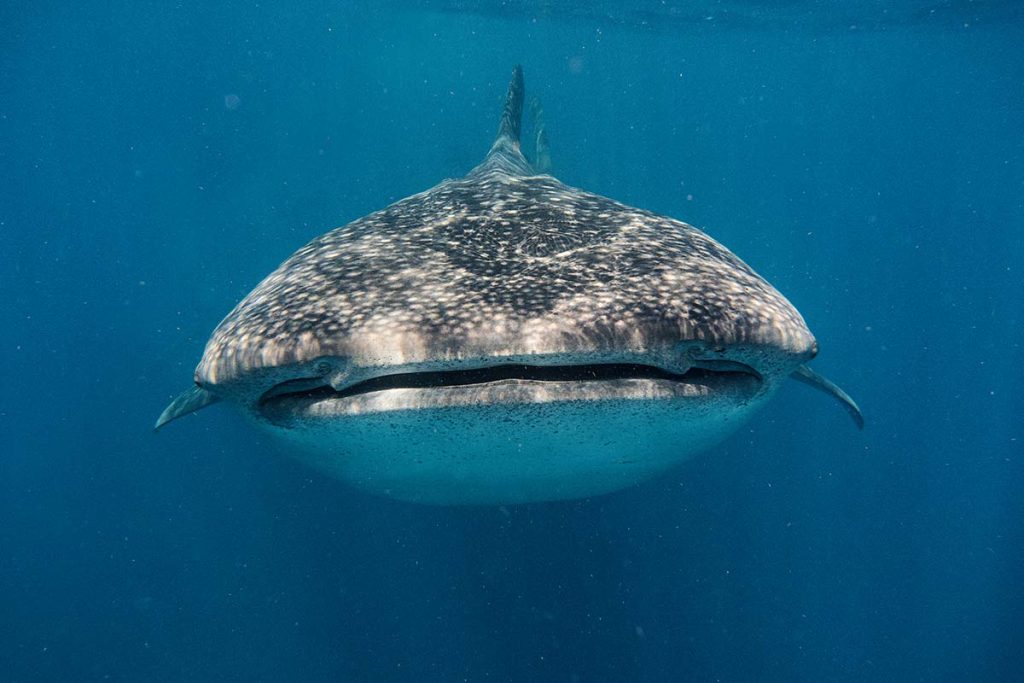Panama is in an amazing place to dive where you can see all kinds of cool fish, rays, whales, sharks and even whale sharks! Whether you prefer exploring vibrant coral reefs, encountering large pelagic species, or delving into shipwrecks, Panama has something to offer every diver.
The average price for two dives is around $150. Before you jump in, it’s always a good idea to check in with the diving centre. Most of them are PADI-certified, which is great! But no matter where you go, don’t forget to give the equipment a once-over before you pay.
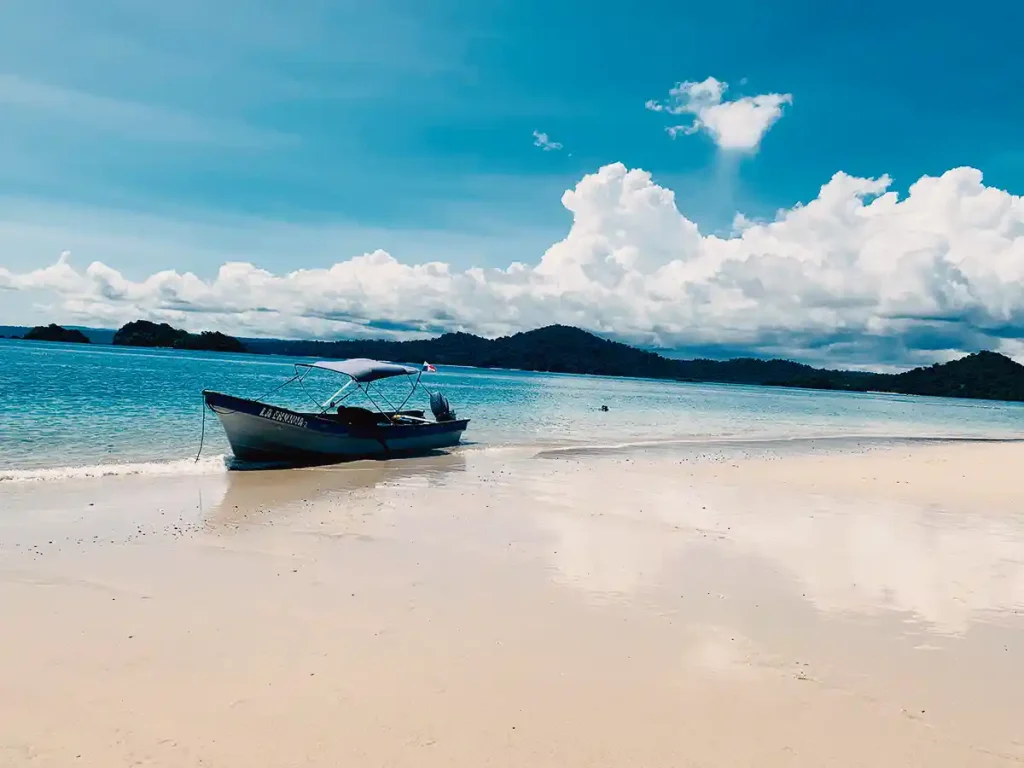
The best time to dive in Panama depends on your location. The dry season at the Caribbean site is from March to May, and offers the best visibility and calmest seas. The dry season at the Pacific Coast is from December to April.
Bocas de Toro
Welcome to another day in paradise, welcome to another day on Bocas del Toro! These Caribbean islands are just wonderful, whether you’re looking for an amazing diving adventure or just want to enjoy a relaxing holiday. If you’re looking for a more relaxed diving experience, then look no further than Bocas del Toro, where the waters are calm and clear. This makes it an ideal destination for beginners!
But the islands also offer a paradise for experts and advanced divers. The Old Wreck is a dive spot on the south-west side of Colon Island. You’ll be amazed by the beautiful shipwreck that was intentionally sunk there around in the late 1990s. Over time, the old ferry has become part of the natural environment, becoming a shelter for countless big and small fish and other reef inhabitants.
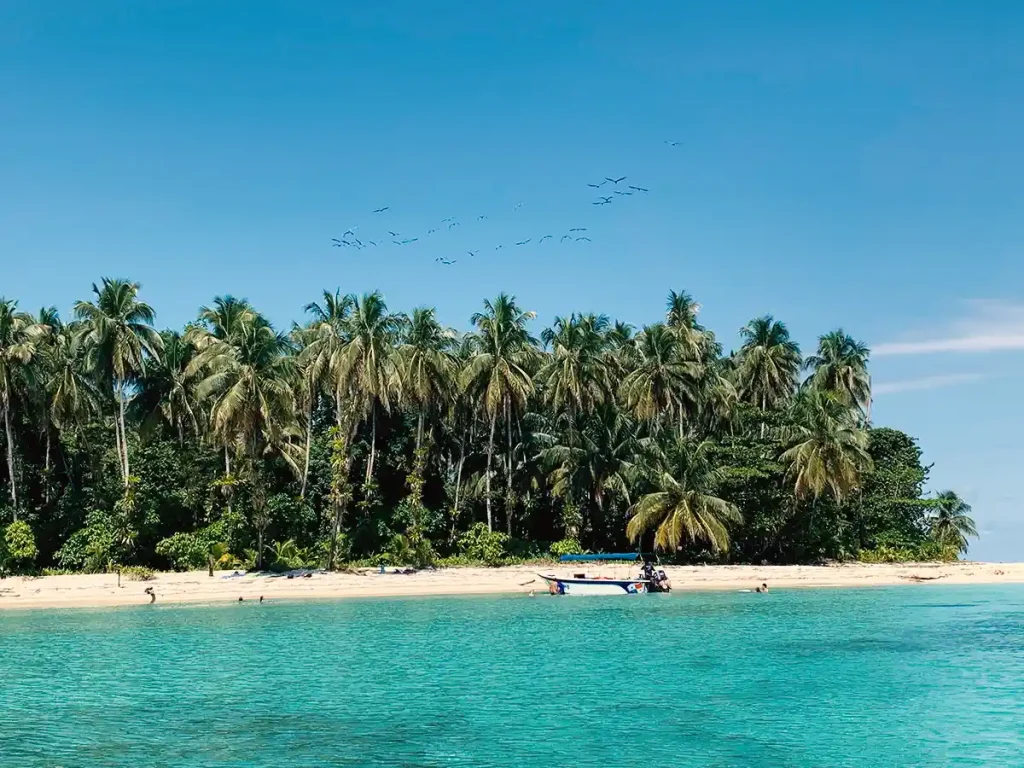
If you’re more of a relaxed diver, you’ll love the Cayos Zapatilla. These two small islands are surrounded by shallow reefs teeming with colourful fish and sea turtles. This is a really lovely, relaxed dive. It’s protected from wind and waves, so it’s nice and calm, and there are lots of coral heads to explore. You’ll see all kinds of coral and lots of interesting creatures.
And if you want to see some amazing marine life, including nurse sharks, moray eels and various species of reef fish, then you should definitely check out Hospital Point, a popular dive site known for its diverse marine life.
Coiba National Park
Welcome to Coiba National Park, a place like no other! It’s a UNESCO World Heritage Site and one of the best diving destinations in the world. Located in the Gulf of Chiriquí, this protected area is a sanctuary for marine life, from whale sharks and manta rays to hammerhead sharks and sea turtles.
Punta Faro is a place where divers can experience strong currents and the chance to see whale sharks and manta rays. It’s right on the western tip of Isla Canales, so it’s really important that divers are in good shape when they come here. It’s a great spot for spotting large schools of big eye jacks and groups of Pacific dog snappers. You might also spot a scorpion fish, octopus, seahorse or even a frogfish here.
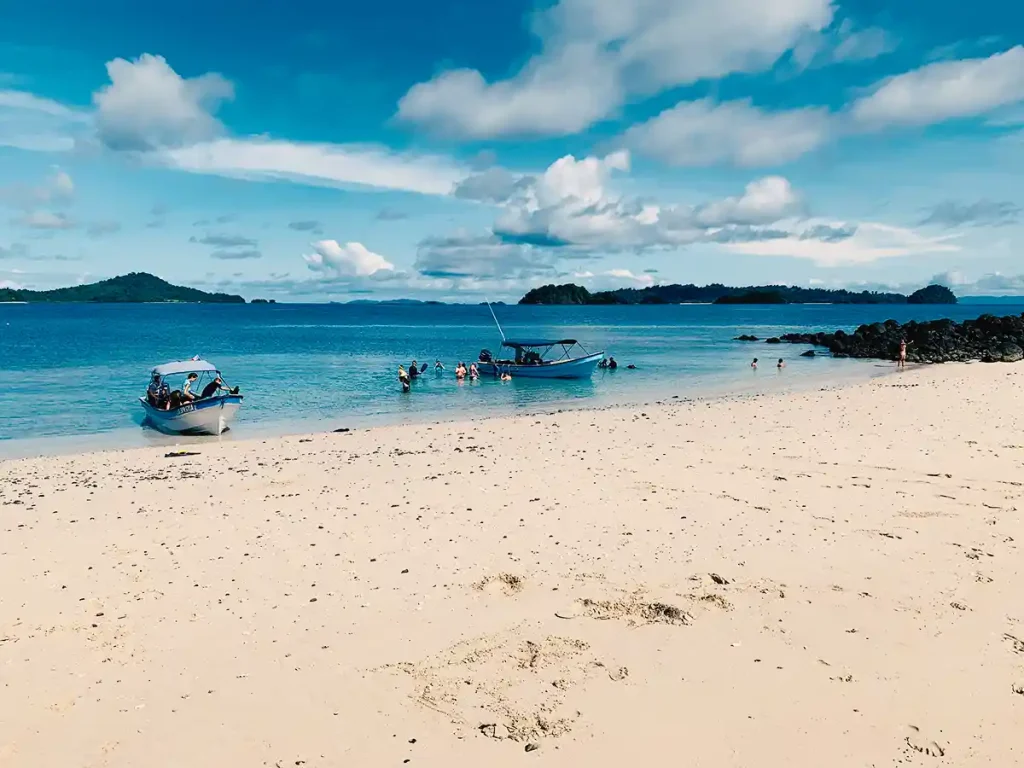
Iglesia (Church) is an amazing place to see some of the best biodiversity in Coiba. The reef is made up of lots of separate rock formations, all connected by sandy areas. You’ll usually see a rather large number of reef sharks, turtles and lobsters.
Bajo Ballena is an amazing diving spot located in the beautiful Contreras Archipelago. On one side, there’s a shallow plateau where moray eels pop out from their holes, scorpion fish hide, and reef fish explore the area. During the day, sharks chill on the sandy bottom, and groups of snappers and jacks sometimes stir up the smaller fish.
Islas Secas
This archipelago in the Gulf of Chiriquí is a relatively new diving destination, but it is quickly gaining popularity. The waters around Islas Secas are teeming with marine life, including manta rays, whale sharks, and various species of sharks.
The La Bruja dive site is known for its strong currents around the vulcanic rocks and the chance to see whale sharks, octopus and even humpback whales. If you want to see mantas and eagle rays The Wall is probably the best spot here. The vertical wall that drops off into the deep, is home to a variety of marine life.
To explore the islands, you have to book into one of the expensive accommodation options. There are a few tour operators that also travel to the Islas Secas, away from the “luxurious” diving centre.
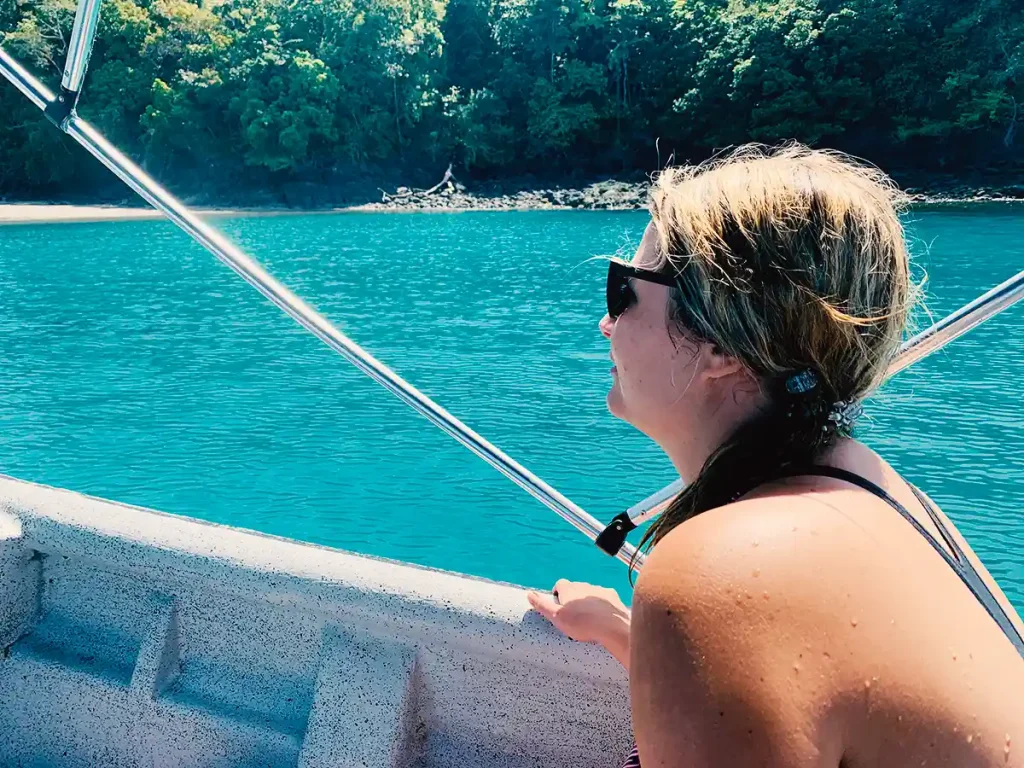
Portobelo
Just 1.5 hours from Panama City, Portobelo, Colón, is a historic town that offers an incredible diving experience. The waters around Portobelo are full of life, as they are home to several shipwrecks, as well as vibrant coral reefs.
The dive centers offer PADI courses for all levels, from beginners to advanced, taught by certified instructors. Most of them have beachfront accommodation, some even their own restaurant, where you can relax after a day of diving.
One of the main spots is Drake’s Island, a small island that is surrounded by shallow reefs where you can find colorful fish and sea turtles. Another stunning option is the Wreck of the San José. This Spanish galleon, which sank in the 18th century, is a popular dive site for history buffs.

